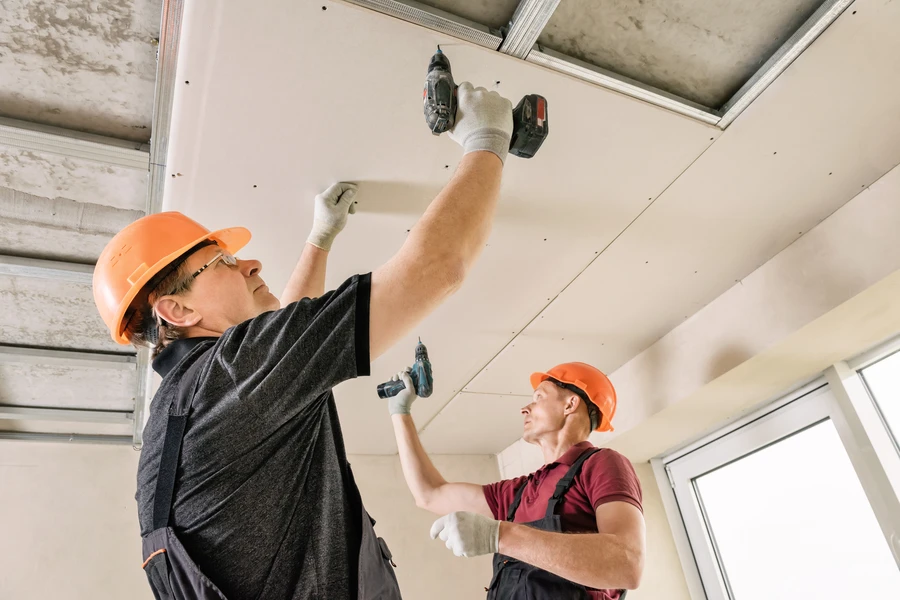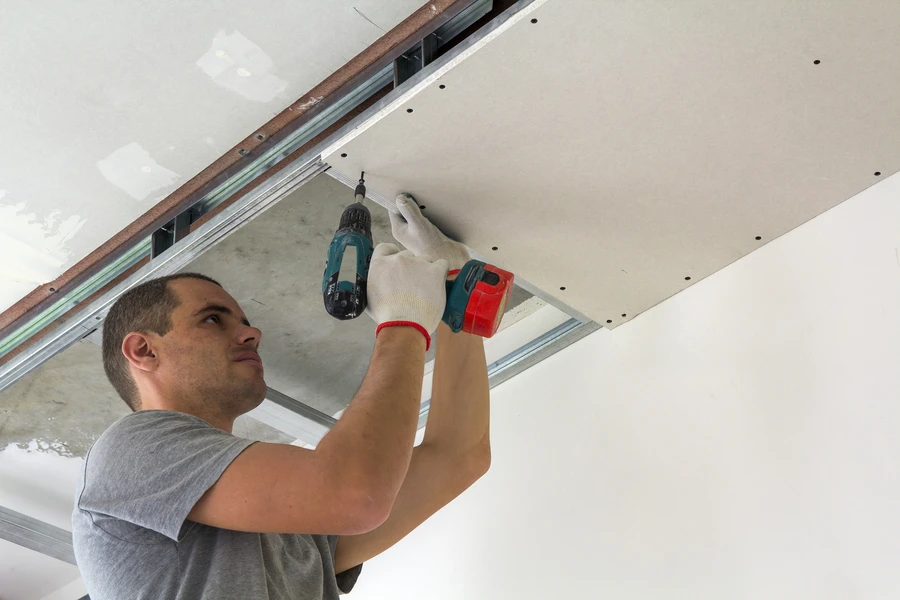Why Sanding Is Essential for a Smooth Finish
Sanding plays a crucial role in achieving a flawless finish on walls. When working on projects that involve patching or installing new wall sections, sanding becomes indispensable. Proper sanding ensures surfaces are smooth and ready for painting. Without it, even the best paint job may fall short, with bumps and uneven textures marring the result. Understanding the importance of this step can save both time and money by preventing the need for rework.

How It Affects Overall Quality
Proper sanding significantly impacts the quality of drywall repair. When you neglect this step, imperfections remain visible, affecting the overall appearance. On the other hand, well-sanded surfaces provide a clean slate for paint or wallpaper applications. This attention to detail enhances the durability of the surface as well, ensuring that repairs stand the test of time without peeling or cracking prematurely.
The Role in Professional Projects
In professional settings, sanding holds even greater significance. Contractors often emphasize its role in delivering exceptional results. During drywall repair, sanding helps ensure the seamless integration of new and old materials. This process is critical for maintaining high standards of workmanship and client satisfaction.

Tools Needed for Successful Sanding
The right tools make all the difference in sanding efficiency. You will need several items to get started:
- Sanding sponge or paper
- Pole sander for higher areas
- Dust mask to protect from particles
- Vacuum to clean up dust
Each tool serves a specific purpose, helping you achieve a smooth surface ready for the next steps in your project.
Common Mistakes to Avoid
A few mistakes often occur during sanding that can affect the final outcome. One common error is using too much pressure, which can create grooves. Another mistake is ignoring dust removal, leading to uneven texture when painted. Lastly, skimping on grit progression-starting too coarse or skipping finer grits-can leave marks that are difficult to hide later.
Step-by-Step Guide to Effective Sanding
- Start with a medium-grit sandpaper to remove major imperfections.
- Switch to a fine-grit paper for smoothing out minor blemishes.
- Use circular motions to avoid creating scratches.
- Regularly vacuum dust to see progress clearly.
- Finish with a very fine-grit sandpaper for a polished look.
This methodical approach ensures your surfaces are optimally prepared for finishing touches.
Tips for Achieving Best Results
To excel at sanding, follow these expert tips:
- Work in good lighting to spot flaws easily.
- Take breaks to assess your work frequently.
- Always wear protective gear like goggles and masks.
- Practice patience; rushing can lead to mistakes.
By incorporating these practices, you’ll improve both the quality and efficiency of your work.
Considerations for Cost and Time Efficiency
The tools and time required for proper sanding are modest investments compared to the benefits. While purchasing quality materials might incur upfront costs, they prevent costly do-overs later. Additionally, investing time in thorough sanding accelerates subsequent stages of your project, ultimately saving hours down the line.
Your Partner With Seamless Solutions
Don’t overlook the importance of proper sanding in your projects. By following proven techniques and investing in quality tools, you ensure excellent results every time. At YDJ Construction LLC, our team specializes in providing top-tier services tailored to your needs. Call us at (813) 796-6108 today to learn how we can assist you. Based in Tampa, FL, we commit to enhancing your repair experiences effectively.
